Dongwha Duty Free (동화면세점)
14.6Km 2024-02-01
Sejong-daero 149, Jongno-gu, Seúl.
Dialogue in the Dark (Sucursal de Bukchon) (어둠속의대화 북촌점)
14.6Km 2025-05-12
Gahoe-dong, Jongno-gu, Seúl
Seoul Garden Hotel (베스트웨스턴 프리미어 서울가든호텔)
14.6Km 2021-05-07
58, Mapo-daero, Mapo-gu, Seoul
Seoul Garden Hotel is the only 4-star hotel in the Mapo area. Conveniently located near Yeouido’s business center and the shopping area of Itaewon, the hotel is a prime accommodation for business travelers as well as leisure guests. The hotel is between two subway stations on four different lines, including the Airport Railroad, making it easy to get to the hotel. Guests can be assured of quality of accommodations at reasonable rates. The hotel includes restaurants, banquet halls, a business center, a fitness center, and more.
Parque de la Historia de Seosomun (서소문역사공원)
14.6Km 2023-08-11
Chilpae-ro 5, Jung-gu, Seúl
El área de la puerta Seosomun fue un lugar de persecución religiosa en el siglo XIX, antes de convertirse en el parque local actual. Muchos católicos fueron reprimidos y martirizados aquí, convirtiendo este lugar en un sitio sagrado para los catolicos coreanos. Seosomun era una puerta de entrada al mercado Chilpae, ubicado cerca de la puerta Sungnyemun (Namdaemun). Siempre estaba atestado de transeúntes y por esta razón servía para mostrarle a la gente los castigos hacia los acusados de haber cometido crímenes. El 15 de mayo de 1999 se levantó una torre conmemorativa en el centro del parque en honor a los mártires. En 2013, el distrito de Jung-gu de Seúl también fundó el Museo de Historia del Santuario Sagrado de Seosumun, con una sala de exposiciones alusiva.
Biblioteca Jeongdok (서울특별시교육청 정독도서관)
14.7Km 2021-08-05
Bukchon-ro 5-gil 48, Jongno-gu, Seúl
+82-2-2011-5799
La biblioteca fue fundada en el año 1977 en el antiguo Colegio Secundario Gyeonggi, ubicado en Bukchon de Jongno-gu, Seúl. Conserva aproximadamente 490.000 libros, 16.300 materiales no textuales, etc., y, en el edificio anexo podrá encontrarse con más de 12.000 materiales académicos. Su finalidad es contribuir en la educación y en el desarrollo cultural, ofreciendo información actualizada, fuentes de estudio y cultural a los ciudadanos de Seúl. Más allá de ofrecer el servicio de alquiler de textos y funcionar como un espacio de lectura, también realiza variedad de programas culturales; encuentro con autores, exposición fotográfica, club de lectura, teatro de marionetas, concierto musical, espectáculo de danzas, etc. La otra gran diversión de la biblioteca es la función de películas.
Daehanminguk Hwareo Eosijang (대한민국활어어시장)
14.7Km 2021-03-24
264, Jungang-ro, Paju-si, Gyeonggi-do
+82-31-656-4100
With a large aquarium, it allows you to eat fresh raw fish directly delivered from the local producers. This Korean dishes restaurant is located in Pyeongtaek-si, Gyeonggi-do. The most famous menu is flatfish.
Gallery Art Link (갤러리 아트링크)
14.7Km 2021-03-18
Yulgok-ro 3-gil 66-17, Jongno-gu, Seúl
Inaugurada en marzo de 2003, Gallery Art Link es una galería que ofrece a los visitantes la oportunidad de encontrarse con el arte. La galería también contribuye a comunicar entre el arte contemporáneo físicamente y a través de todos los canales en línea.
Parque Abierto Songhyeon (열린송현녹지광장)
14.7Km 2025-05-28
Songhyeon-dong 48-9, Jongno-gu, Seúl
Dahmsojung [Korea Quality] (담소정[한국관광 품질인증/Korea Quality])
14.7Km 2025-07-18
16-2, Bukchon-ro 9-gil, Jongno-gu, Seoul
Dahmsojung, meaning ‘a house full of laughs’, is a hanok guesthouse that provides sincere services and comfortable relaxation. Located in the middle of Seoul’s city center, this hanok hotel-class guesthouse was built using traditional hanok construction materials including the 200-years-old Korean land pine from Gyeongju, and clay for rooms. The owner originally bought the land to build the residential area for the family, but wishing to promote the charms of the hanok building to foreigners, it was opened as a guesthouse in October 2012. This hanok guesthouse with modern elements is decorated with refined interior items. It provides a special breakfast that consists of steamed rice wrapped in a lotus leaf and tasty side dishes without any artificial seasonings. All the vegetables used for the meals are organic and cultivated by the owner. It also uses refined objects including high quality tableware, bedding (cotton bedclothes with colored stripes), authentic ceramics, lacquered painting by an artisan, and artistic living items. It carries out a cleaning and disinfection process every day as well. In particular, Hinoki cypress with a subtle scent was used for the bathroom. The home bar was installed especially for foreign guests who find it difficult to sit on the floor in the kitchen. These detailed consideration and decorations have attracted many guests including foreign diplomats, VIPs, and so on.
It also operates a hands-on programs including ‘calligraphy’ and ‘making a fan’ that are held on the main floored room and are popular among foreign guests. Dahmsojung offers guests sophisticated services and comfortable facilities with a clean and traditional atmosphere that attracts many domestic and foreign guests.
Cheongdo Yangkkochi (청도양꼬치)
14.7Km 2021-03-29
23-4, Yeongjung-ro 6-gil, Yeongdeungpo-gu, Seoul
+82-2-703-7200
It is a place where you can enjoy various Chinese dishes as well as lamb dishes. This restaurant's signature menu is lamb skewers. This Chinese (cuisine) restaurant is located in Yeongdeungpo-gu, Seoul.
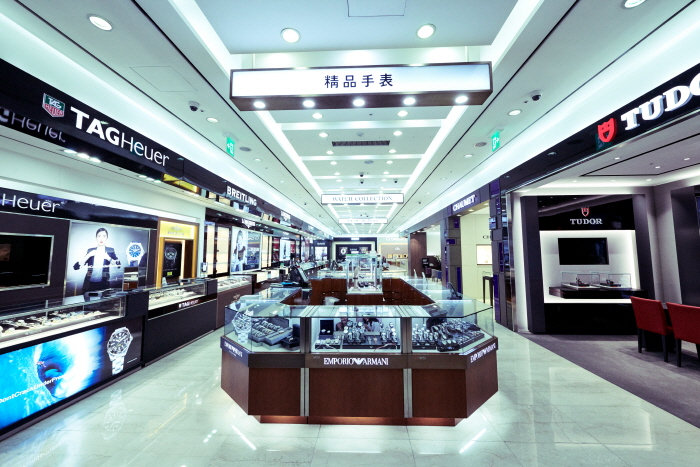
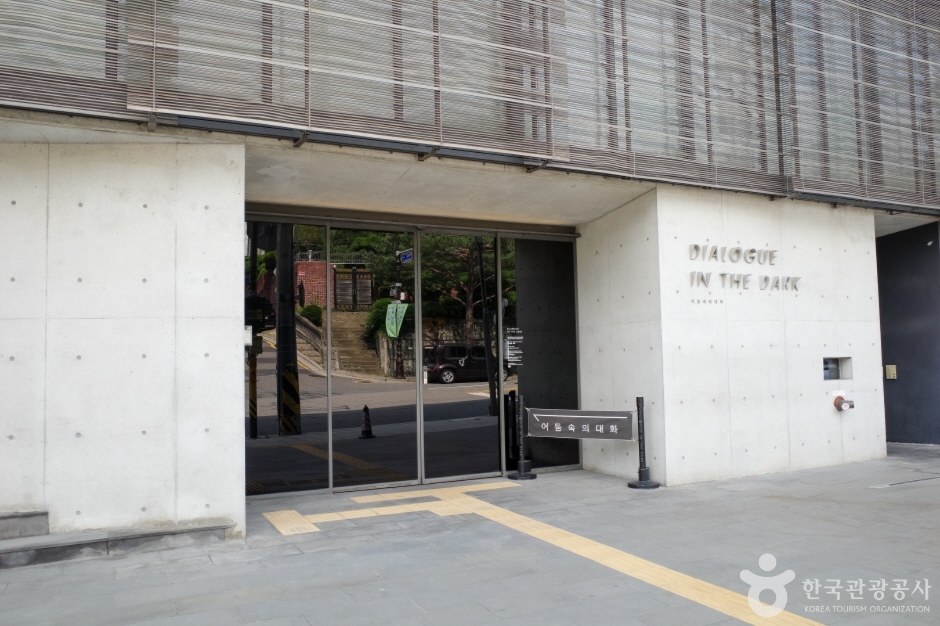
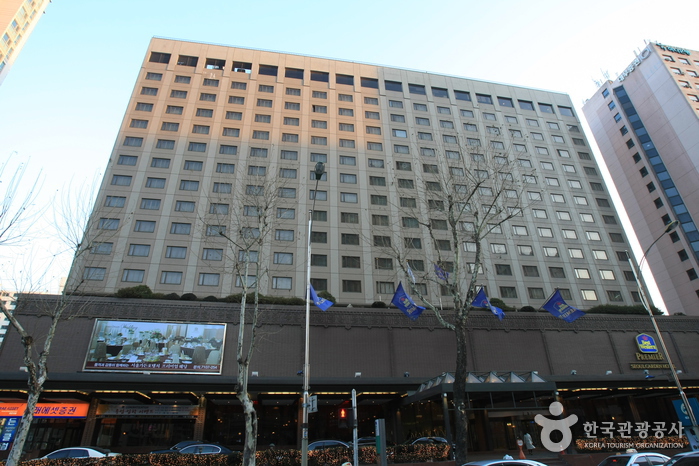
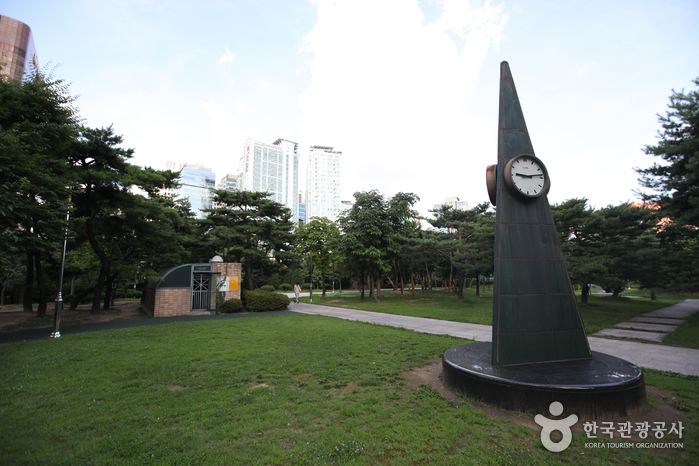
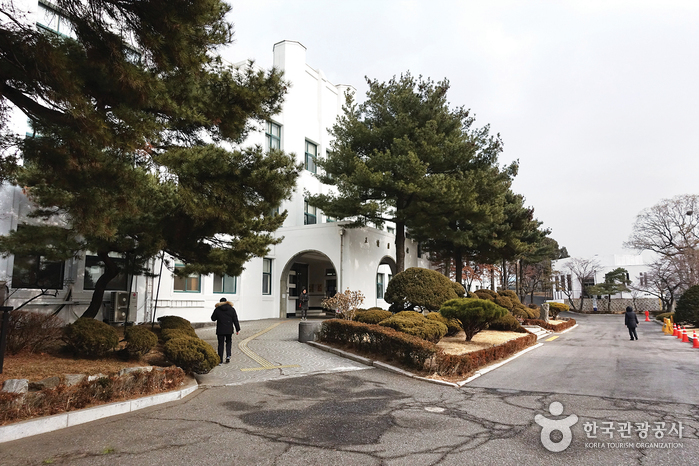
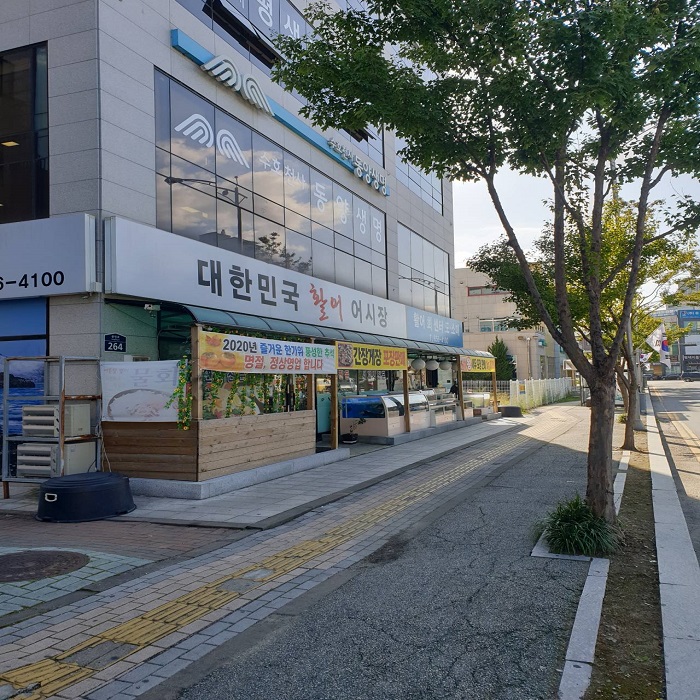
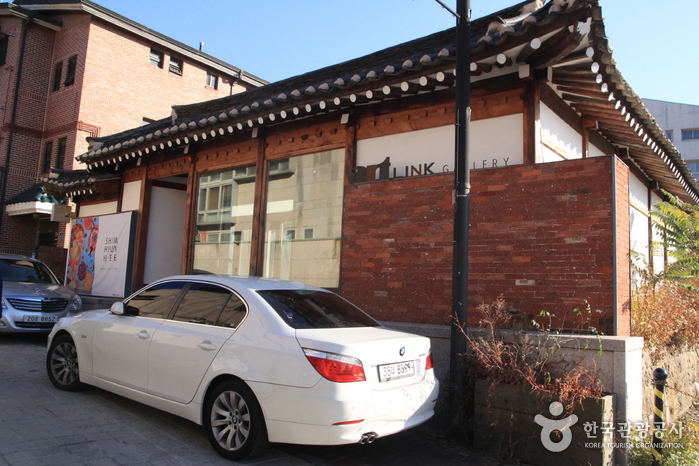
![Dahmsojung [Korea Quality] (담소정[한국관광 품질인증/Korea Quality])](http://tong.visitkorea.or.kr/cms/resource/20/2684320_image2_1.jpeg)
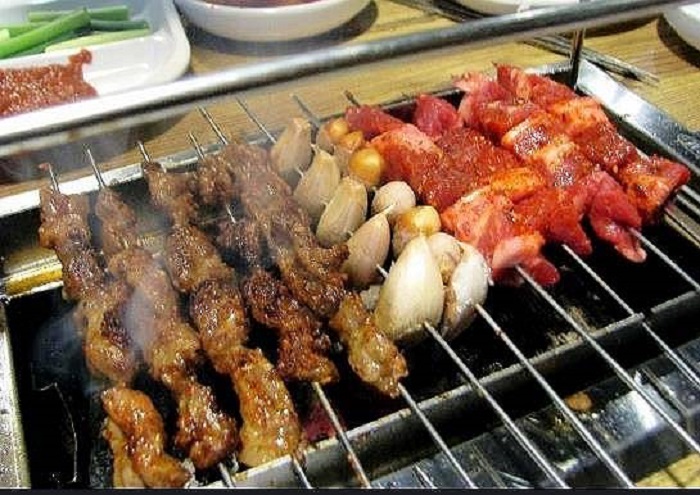
 Español
Español
 한국어
한국어 English
English 日本語
日本語 中文(简体)
中文(简体) Deutsch
Deutsch Français
Français Русский
Русский